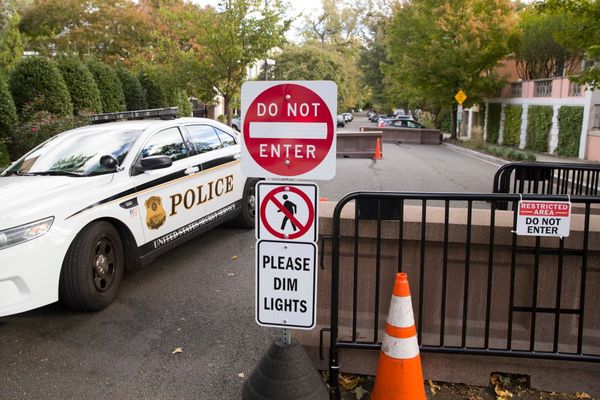On July 29, a U.S. Coast Guard detachment aboard the U.S. Navy Arleigh Burke-class guided-missile destroyer USS Nitze (DDG 94) interdicted a power boat loaded with illegal drugs. Then on August 19, the Colombian Coast Guard, aided by the Colombian Navy and unspecified intelligence sources, intercepted another loaded with cocaine in the Pacific. The two successful missions illustrate a phenomenon which the U.S. Coast Guard calls Go-Fast Vessels (GFV).
Media tends to focus on so-called ‘narco submarines.’ The latest one destroyed by the Colombian Navy was a monster, about 100 feet long. Yet while narco-subs are exotic, the more basic go-fasts are also engineering curiosities and deserve more attention.
Go-Fast narco boats are also customized for drug running. There are different types facing the law enforcement and navies as they enforce U.S. Southern Command’s (SOUTHCOM) ‘enhanced counter-narcotics operations.’
A working definition of a go-fast is a power boat which primarily employs speed to evade capture. By contrast narco submarines use their low profile to avoid detection. So it is speed versus stealth. The narco subs can generally carry more drugs and are harder to counter, but they are more difficult and expensive to build. Of course there is a gray area where the most elaborate go-fasts start to look a lot like some narco submarines.
Let’s look at the three basic types faced by the Coast Guard and other law enforcement agencies today.
Customized Go-Fast Vessels
These are the elaborate type where efforts are made to increase seaworthiness and, to an extent, reduce detection. See photo above. Generally they take a large power boat hull and cover the front half with fiberglass. This is where a lot of the drugs and fuel are carried. They can have several outboard motors, or sometimes larger inboard motors. The main visible distinction from narco submarines is that they most often have an open cockpit. This would not work if they were running semi-submerged like a narco sub. The one intercepted by Colombian forces on August 19 was one of these.
Classic Go-Fast Boat
Going back to the 1980s, drug smugglers have used ‘cigarette boats’ to ferry drugs in the Caribbean. Originally they headed straight to U.S. shores but due to increased law enforcement focus in the 1990s they now mostly head to Mexico. From there the drugs are transported overland into America. The basic idea is to take a power boat, load it with enough fuel and then go as fast as you can.
Go-Slows
Despite their nickname, these are also quite fast. These use a ‘panga’ or ‘yola’ fishing boat hull. Often additional outboard motors are added to give it more speed, but usually they are single motor. The basic idea is to blend in with fishing vessels. Plus the virtually unsinkable panga hulls make it much safer if something goes wrong. In practice these sometimes operate in groups with a larger ‘mother ship’ towing them much of the way. It is therefore a more sophisticated operation than the classic go-fasts.







